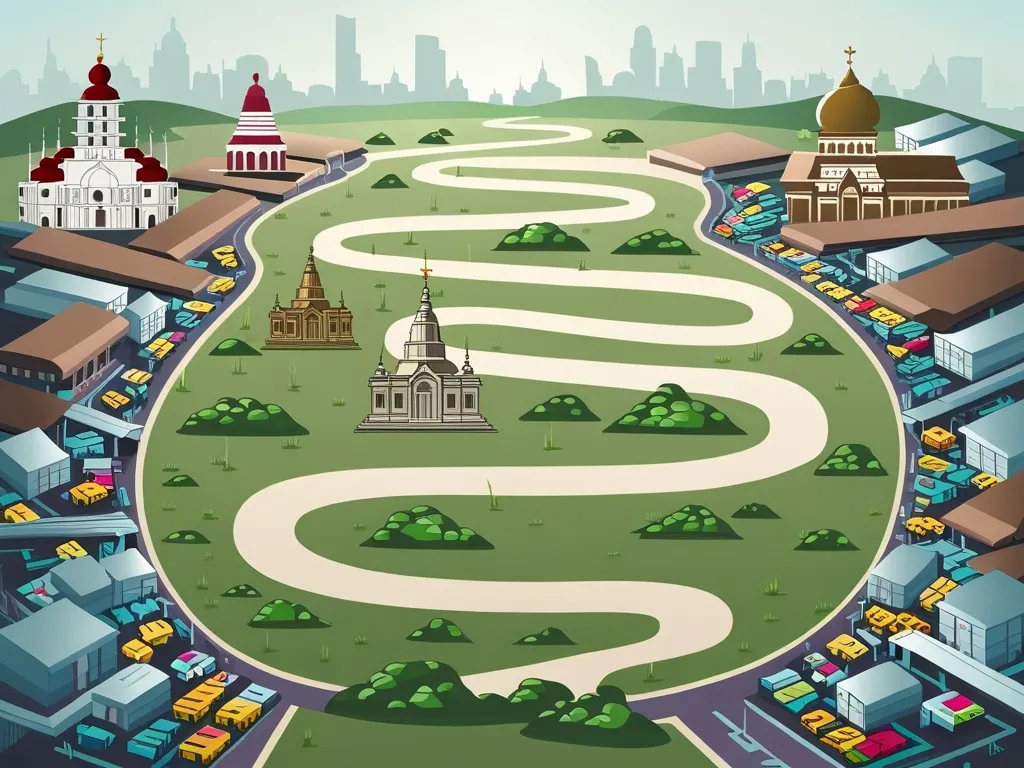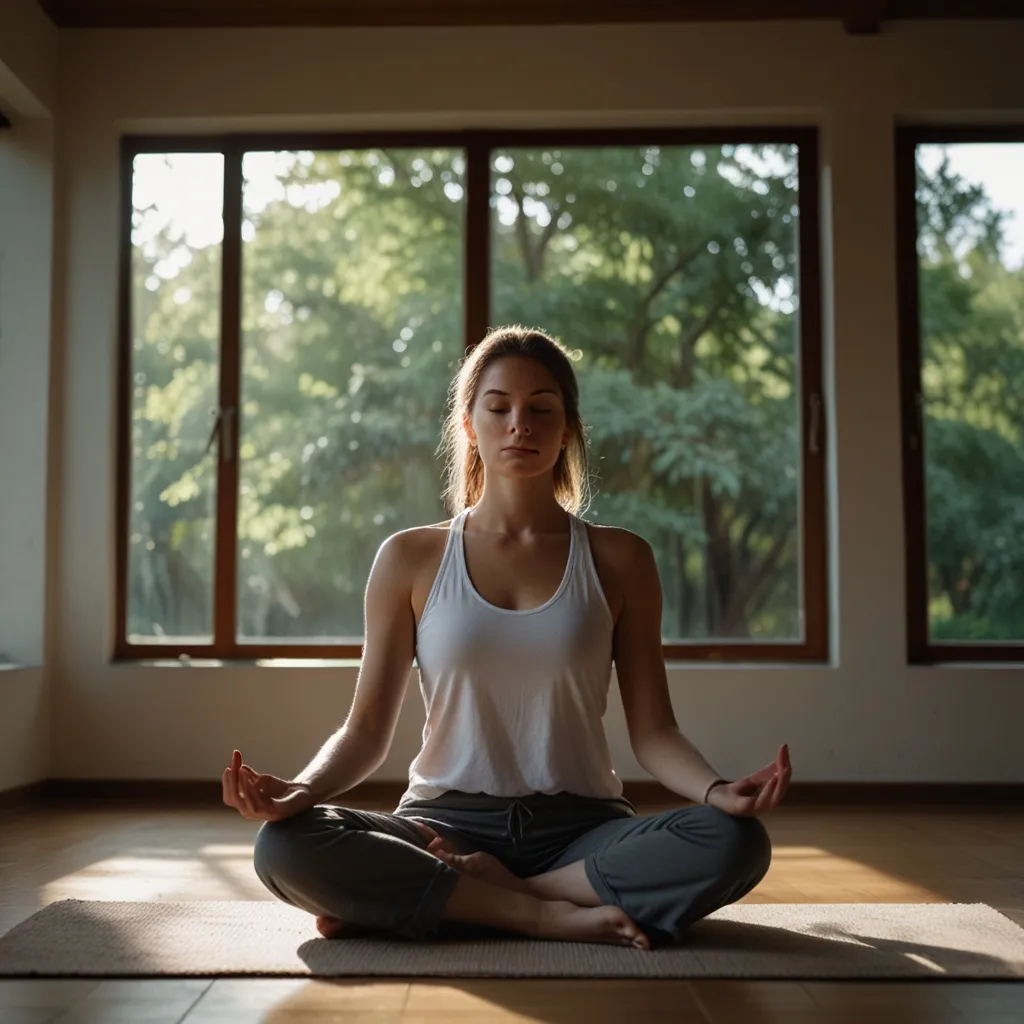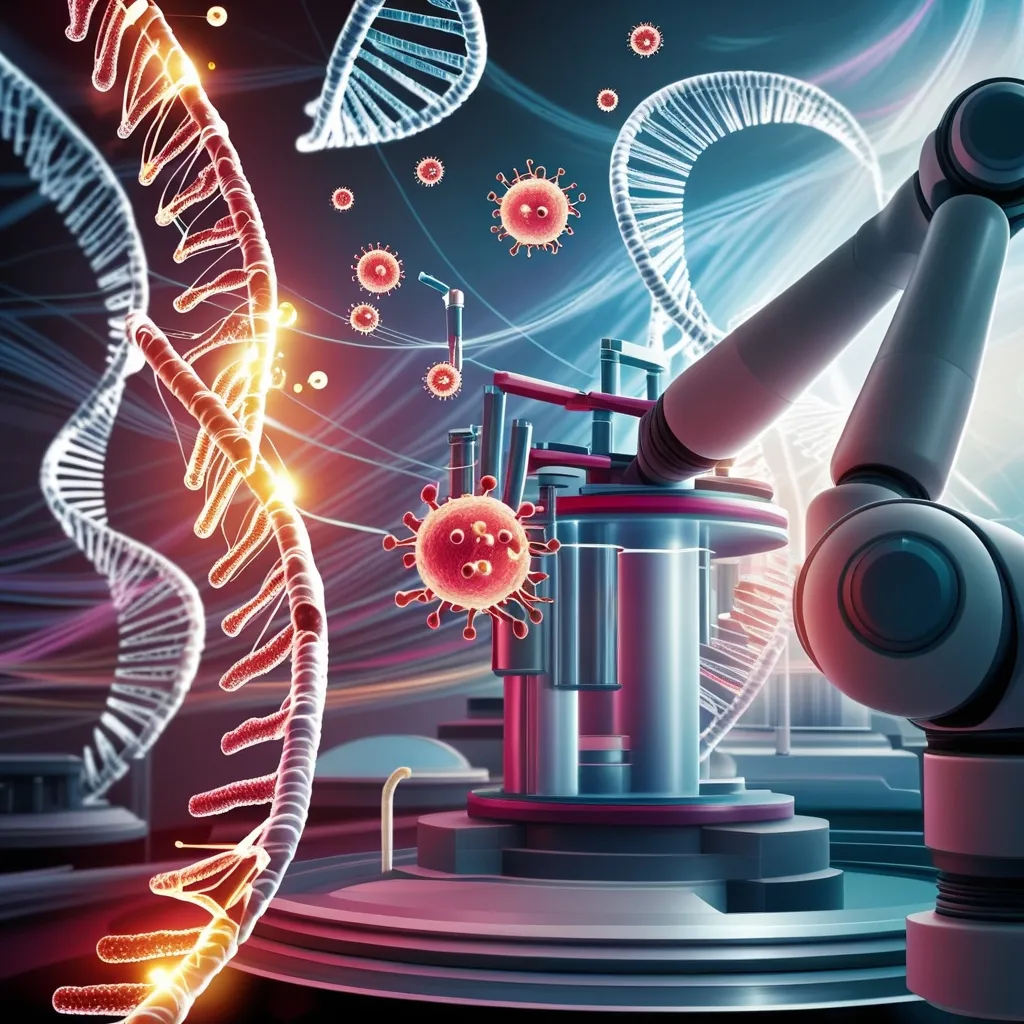As I delve into the world of religious pilgrimages, I am struck by the profound transformation these ancient practices have undergone. What were once solely spiritual journeys have evolved into robust economic pillars, supporting entire communities and shaping the economic landscapes of cities and nations. Let’s embark on a journey to explore how these sacred paths have become integral to global economies.
The Economic Heart of Mecca
Mecca, the holy city of Islam, is a prime example of how pilgrimage can drive economic growth. Every year, millions of pilgrims flock to Mecca for the Hajj, one of the five pillars of Islam. This influx of visitors brings a significant income to the city, but it also poses logistical challenges. The Saudi government has invested heavily in infrastructure, including huge tent cities, a robust road network, and an adequate supply of vehicles and medical services. These investments have turned Mecca into a commercial and service-oriented urban economy, with industries such as textiles, furniture, and utensils thriving to meet the pilgrims’ needs.
The economic impact of the Hajj is not limited to Mecca itself. The port city of Jeddah, just 45 miles away, plays a crucial role in importing food and other essential supplies for the pilgrims. This annual pilgrimage has become so vital to the local economy that it has spurred extensive economic development in Saudi Arabia, particularly after the exploitation of petroleum resources following World War II.
The Medieval Boom of Christian Pilgrimages
In the 11th and 12th centuries, Christian pilgrimages underwent a remarkable transformation, especially along the route from Western Europe to Jerusalem. This period saw the Church invest heavily in developing the pilgrimage route, building roads, bridges, and other infrastructure to facilitate safe and efficient travel. The Church also commissioned works of art and literature that depicted the pilgrimage journey, fostering a sense of community among pilgrims.
These pilgrimages were not just about spiritual renewal; they also had significant economic and political implications. Towns and cities along the route benefited from the increased traffic of pilgrims, with merchants capitalizing on the opportunity to sell goods and services. Rulers and religious leaders recognized the potential to use these routes to strengthen their power and influence, sponsoring the construction of new churches, monasteries, and hospices.
The economic growth fueled by these pilgrimages led to the development of artisanal sectors such as textile production, metalworking, and woodworking. Banks and moneylenders also emerged to provide financial services to both pilgrims and businesses, further driving economic growth. However, this growth was not without its challenges, including the emergence of criminal activities and uneven economic distribution.
Hindu Pilgrimages: A Sea of Devotion and Commerce
In Hinduism, pilgrimages are deeply rooted in ancient scriptures, with the Rigveda praising the ‘wanderer’ as early as 1500 BCE. The Kumbh Mela, held every twelve years, is one of the most significant pilgrimages, attracting an astonishing 240 million people in 2019. This massive gathering not only reinforces spiritual bonds but also generates substantial economic activity.
Varanasi, a city revered by Hindus, Buddhists, Sikhs, and Jains, is a prime example of how pilgrimage sites can become economic hubs. The city’s natural beauty, especially its rivers, attracts millions of pilgrims each year. Local businesses thrive on selling religious items, food, and accommodations, making the pilgrimage a vital part of the local economy.
The Sikh Perspective: Faith and Philanthropy
For Sikhs, pilgrimage is not compulsory but is seen as a way to strengthen faith and increase spirituality. Visiting historical places like the Golden Temple in Amritsar reminds pilgrims of the goodness and traditions of their ancestors. However, many Sikhs choose not to travel and instead donate money to charity, reflecting the teachings of the Guru Granth Sahib.
Despite this, Sikh pilgrimage sites still contribute significantly to local economies. The city of Amritsar, for instance, sees a surge in tourism during major Sikh festivals, with local businesses benefiting from the influx of visitors. This blend of faith and philanthropy ensures that the economic benefits of pilgrimage are shared equitably.
Buddhist Pilgrimages: A Journey of Self-Discovery
Buddhist pilgrimages, though not centered around seeking forgiveness or giving thanks, are crucial for self-discipline, spiritual development, and fulfilling vows. Sites like Bodh Gaya, where Gautama Buddha first taught the Dharma, attract pilgrims from around the world.
These pilgrimages have a profound economic impact on the regions they are located in. Local communities benefit from tourism-related revenues, and the development of infrastructure such as hotels, restaurants, and transportation services. The cultural preservation initiatives that often accompany these pilgrimages also contribute to the economic well-being of the area.
The Camino de Santiago: A Modern Economic Marvel
The Camino de Santiago, a centuries-old Christian pilgrimage route in Spain, is another example of how spiritual journeys can become economic powerhouses. This route, which spans over 500 miles, attracts hundreds of thousands of pilgrims each year. The local economy benefits significantly from the sale of goods and services to these travelers, with many towns and villages along the route specializing in catering to pilgrims’ needs.
The economic impact is not limited to small businesses; it also extends to larger development projects. The Spanish government has invested in improving infrastructure along the route, including accommodations, healthcare facilities, and transportation services. This investment has not only enhanced the pilgrimage experience but also boosted the local economy.
Balancing Spirituality and Commerce
As we explore the economic impact of religious pilgrimages, it becomes clear that there is a delicate balance between spiritual sanctity and commercial expansion. On one hand, the influx of pilgrims brings much-needed revenue and stimulates economic growth. On the other hand, there is a risk of commercializing sacred sites, which could undermine their spiritual significance.
To maintain this balance, many regions have implemented measures to ensure that economic development does not compromise the spiritual essence of these sites. For example, in Mecca, the Saudi government has made significant investments in beautifying and safety-enhancing the mosque area while ensuring that the pilgrimage remains a deeply spiritual experience.
Personal Reflections on Pilgrimage Economics
Having delved into the world of religious pilgrimages, I am struck by the complexity and depth of their economic impact. These journeys, which were once solely about spiritual fulfillment, have evolved into multifaceted economic engines. From the bustling streets of Mecca to the serene paths of the Camino de Santiago, each pilgrimage site tells a story of how faith and commerce can converge.
As I reflect on my own experiences with pilgrimage, I realize that the economic aspect is often overlooked in favor of the spiritual. However, it is this very intersection of faith and finance that makes these journeys so impactful. Whether it is the local vendor selling souvenirs in Varanasi or the hotel owner in Santiago de Compostela, each person plays a role in the economic tapestry woven by these pilgrimages.
The Future of Pilgrimage Economics
As the world becomes increasingly interconnected, the economic impact of religious pilgrimages is likely to grow. With advancements in technology and infrastructure, more people than ever before are able to embark on these spiritual journeys. This increased accessibility not only enhances the spiritual experience but also amplifies the economic benefits.
However, it is crucial that we approach this growth with caution. Ensuring that economic development does not compromise the spiritual essence of these sites is paramount. By striking a balance between commerce and sanctity, we can preserve the integrity of these pilgrimages while harnessing their economic potential.
In conclusion, the transformation of religious pilgrimages into economic pillars is a fascinating and complex phenomenon. These journeys, which have been a part of human culture for millennia, continue to play a pivotal role in shaping the economic landscapes of cities and nations. As we move forward, it is essential that we appreciate and respect this delicate balance, ensuring that the spiritual sanctity of these sites remains intact while their economic benefits are fully realized.






